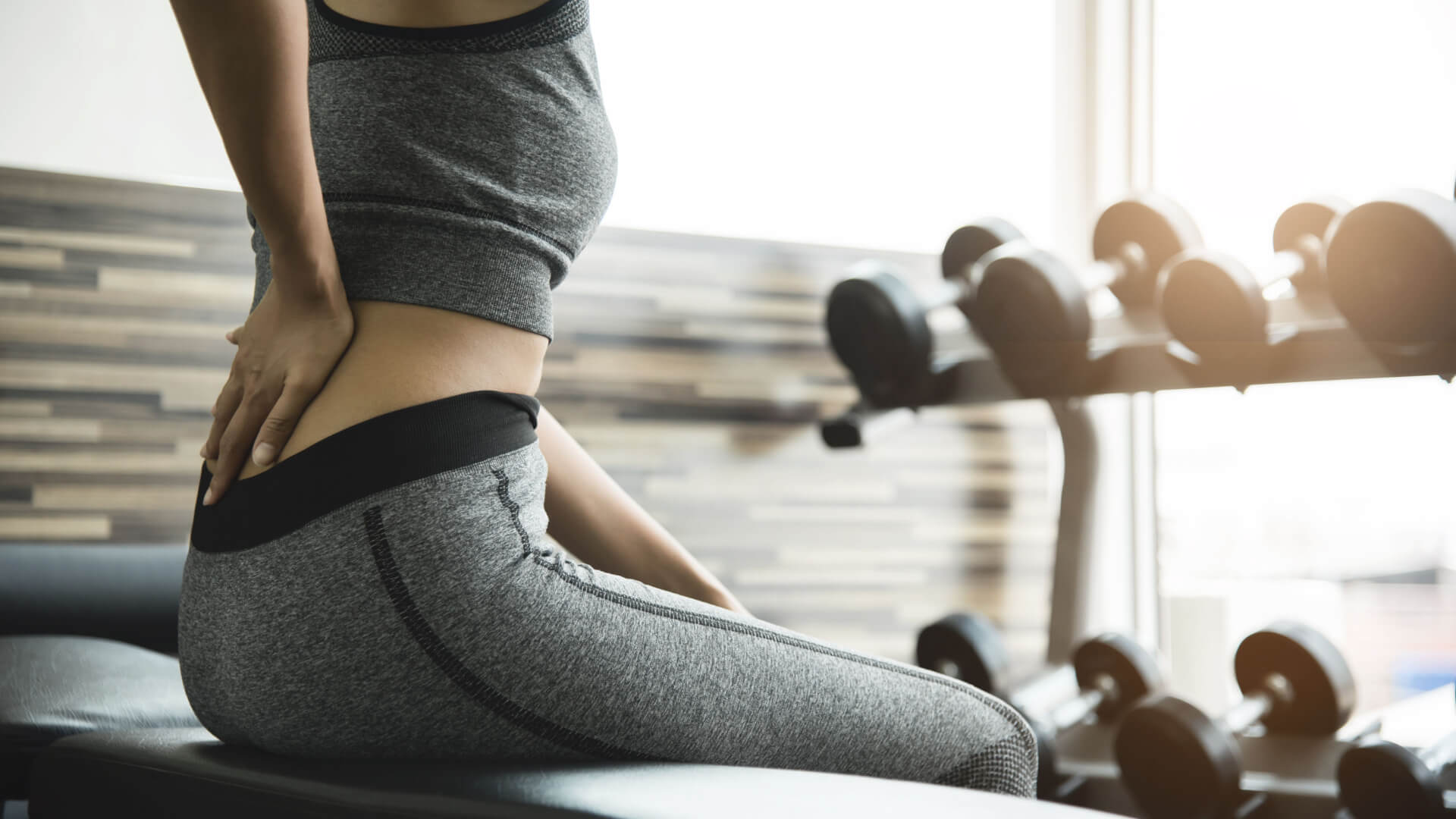June 30, 2023
Abdomen and back injuries are some of the most common types of injuries people suffer. It makes sense considering the abdomen and back are two of the largest sections of the body. They’re not necessarily more vulnerable, but there are a lot more opportunities for you to injure them.
They can be injured from lifting something too heavy, playing a sport, or simply sitting or standing with the wrong posture all day. These kinds of injuries can be debilitating and cause immense discomfort in the short term. In the long term, they leave permanent damage that can sometimes only be rectified with surgery.
Thankfully, there are proactive measures that you can take to prevent such injuries from occurring in the first place. With proper knowledge of how to manage injury pain and be proactive, you can protect yourself from experiencing serious abdomen and back problems down the road. If you have already sustained such injuries, we have healing devices that may be able to help you.
How Can You Avoid and Prevent Abdomen and Back Injuries?
When You’re Exercising
When it comes to preventing these kinds of injuries, first consider what situations put you at risk of injury. Even if you are an avid exerciser, you still want to do proper warm-up exercises. If you are not an avid exerciser, warm-up exercises are even more necessary before engaging in any physical activity. For many people, it is essential as it helps prepare your body for demanding movements. Also, stretching regularly can help strengthen core muscles which provide support for the spine, thereby reducing the chance of experiencing an injury.
If you are someone who does not exercise regularly, you should consider changing that. Regular exercise will strengthen your body which will then help to prevent abdomen and back injuries. Cardio activities like running or swimming are especially beneficial as they help strengthen core muscles, balance, and stability.
Exercise can also help improve posture by increasing flexibility in joints and muscles throughout the body.
When You’re Sitting
If exercise and physical activity is not something you have to actively worry about, consider your posture when you’re sitting. You may think that sitting is harmless, but when you do it for several hours straight a day, it takes a toll like everything else.
Using correct posture while sitting – or standing – for prolonged periods can help reduce strain on the musculoskeletal system. Sitting and standing put immense pressure on your lower back region.
When You’re Lifting
Whether it’s a box, a dumbbell, or a basket of laundry, you need to make sure you’re lifting correctly. While you shouldn’t lift anything with your back, anything ten pounds or more is especially damaging.
It is best to lift with your knees or your arms. You do this by bending at the knees rather than overstretching the lower back. You can also curl your arms to lift and hold before you start moving something.
This will help keep your spine properly aligned and decrease the risk of injury.
Are Abdomen and Back Injuries the Same?
Abdomen and back injuries are similar in that they can both share similar causes and can be near equality debilitating. However, there are differences between the two that you should keep in mind when attempting to prevent or treat them.
What are Abdomen Injuries?
Abdomen injuries typically refer to those located on the abdominal wall. This includes all of the muscles, tendons, and ligaments in the same area. The most common types of abdominal injuries include:
- Hernias
- Muscle strains
- Sprains
These kinds of injuries can cause severe pain and occur more frequently due to a lack of abdominal muscular support in the average human body.
What are Back Injuries?
Back injuries, on the other hand, are usually related to the spinal column and spine-related structures such as nerves and vertebrae discs. Common types of back injuries include:
- Slipped discs
- Compressed nerves
- Sciatica
- Muscle spasms
- Fractures
These types of injuries are often more serious than abdomen-related ones. They involve vital organs that are close to the spine. Damage to the spine has more serious long-term effects than the average abdomen injury for this reason. The effects of a back injury can range from nerve damage to paralysis if left untreated for too long.
What are the Long-Term Effects of Abdomen and Back Injuries?
The long-term effects of abdomen and back injuries can be extensive and far-reaching. Chronic pain caused by these injuries can lead to reduced mobility over time as you’re crippled by the pain. This will likely lead to a decrease in your overall level of physical activity.
As a result, you may find yourself less able or even unable to participate in hobbies that you once enjoyed. Even less physical ones that include sitting can become unbearable.
Furthermore, the ongoing pain from an injury can have an impact on your mental well-being. It’s understandable to develop symptoms of anxiety and depression when you’re suffering from ongoing pain symptoms.
Additionally, if left untreated, abdomen and back injuries can cause permanent damage to muscles, joints, and ligaments. This permanent damage can lead to lifelong discomfort that affects your quality of life.
What Should You Do If You’re Already Injured?
If you’ve already sustained a back or abdomen injury, you can’t be proactive with your health. Instead, you can focus on healing and repairing what’s already been damaged. You can do this with help from the healing devices at Gladiator Therapeutics.
Our healing devices help you recover faster and better than you normally would. They work for not only abdomen and back injuries but also in your arms, ankles, and legs. They can even work on wounds.
If you need an injury or wound healing device that is completely noninvasive, consider Gladiator Therapeutics. Contact us for more information today.

